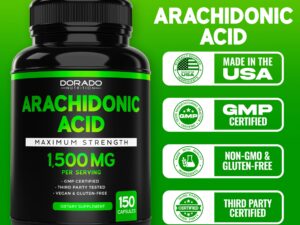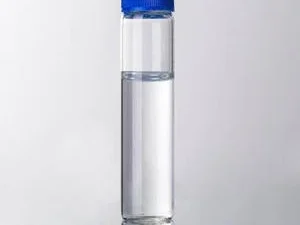Description
2-Ethylhexanoic Acid: A Versatile Chemical with Diverse Applications
2-Ethylhexanoic acid, also known as 2-EH acid or octoic acid, is an organic carboxylic acid with the chemical formula CH3(CH2)3CH(C2H5)COOH. While it might sound complex, this compound is a remarkably versatile chemical intermediate used in the production of a wide array of products, impacting industries ranging from paints and coatings to plastics and pharmaceuticals.
Chemical Properties and Characteristics:
2-Ethylhexanoic acid is a clear, colorless liquid at room temperature with a characteristic fatty odor. It’s only slightly soluble in water but dissolves readily in most organic solvents. This solubility profile, combined with its carboxylic acid functionality, makes it an ideal building block in chemical synthesis.
Key Applications and Uses:
The versatility of 2-Ethylhexanoic acid stems from its unique molecular structure and reactivity. Here are some of its primary applications:
- Metal Carboxylates (Metal Driers): A significant application of 2-EH acid is in the production of metal carboxylates, often referred to as “metal driers.” These are crucial components in paints, coatings, and inks, accelerating the drying process by catalyzing oxidation and cross-linking of the drying oils. Cobalt, manganese, zinc, and calcium salts of 2-ethylhexanoic acid are widely used in this capacity.
- Plasticizers: 2-Ethylhexanoic acid esters, such as dioctyl phthalate (DOP) and trioctyl trimellitate (TOTM), are used as plasticizers in PVC (polyvinyl chloride) plastics. These plasticizers increase the flexibility and workability of the PVC, making it suitable for applications like flooring, wires, and cables.
- Lubricant Additives: Certain derivatives of 2-EH acid are used as lubricant additives to improve viscosity, reduce friction, and provide corrosion protection in engine oils and other lubricants.
- Pharmaceutical Intermediates: In the pharmaceutical industry, 2-Ethylhexanoic acid serves as an intermediate in the synthesis of various drugs and pharmaceutical compounds. Its carboxylic acid group can be modified and reacted to create desired pharmaceutical molecules.
- Catalyst Precursors: Specific metal salts of 2-EH acid can act as precursors for catalysts used in various chemical reactions, including polymerization and esterification.
- Other Applications: 2-EH acid also finds uses in the production of:
- Herbicides
- Cosmetics
- Specialty chemicals
Production and Synthesis:
2-Ethylhexanoic acid is typically produced industrially via the aldol condensation of n-butyraldehyde, followed by hydrogenation to form the alcohol, 2-ethylhexanol, and subsequent oxidation to the acid. Different processes and catalysts can be used at each stage to optimize yield and purity.
Safety and Handling:
While generally considered safe when handled properly, 2-Ethylhexanoic acid is a corrosive substance that can cause skin and eye irritation. Appropriate protective gear, such as gloves and eye protection, should be worn when handling this chemical. Adequate ventilation should be ensured in working environments to minimize exposure to vapors.
Environmental Considerations:
The environmental impact of 2-Ethylhexanoic acid is a subject of ongoing research. Efforts are being made to develop more sustainable production methods and to minimize the release of 2-EH acid and its derivatives into the environment.
Conclusion:
2-Ethylhexanoic acid is a valuable and versatile chemical with a wide range of industrial applications. Its unique properties make it an essential component in diverse products impacting our daily lives. Continued research and development efforts are focused on improving its production efficiency, minimizing its environmental impact, and exploring new applications for this important chemical compound.














Reviews
There are no reviews yet.